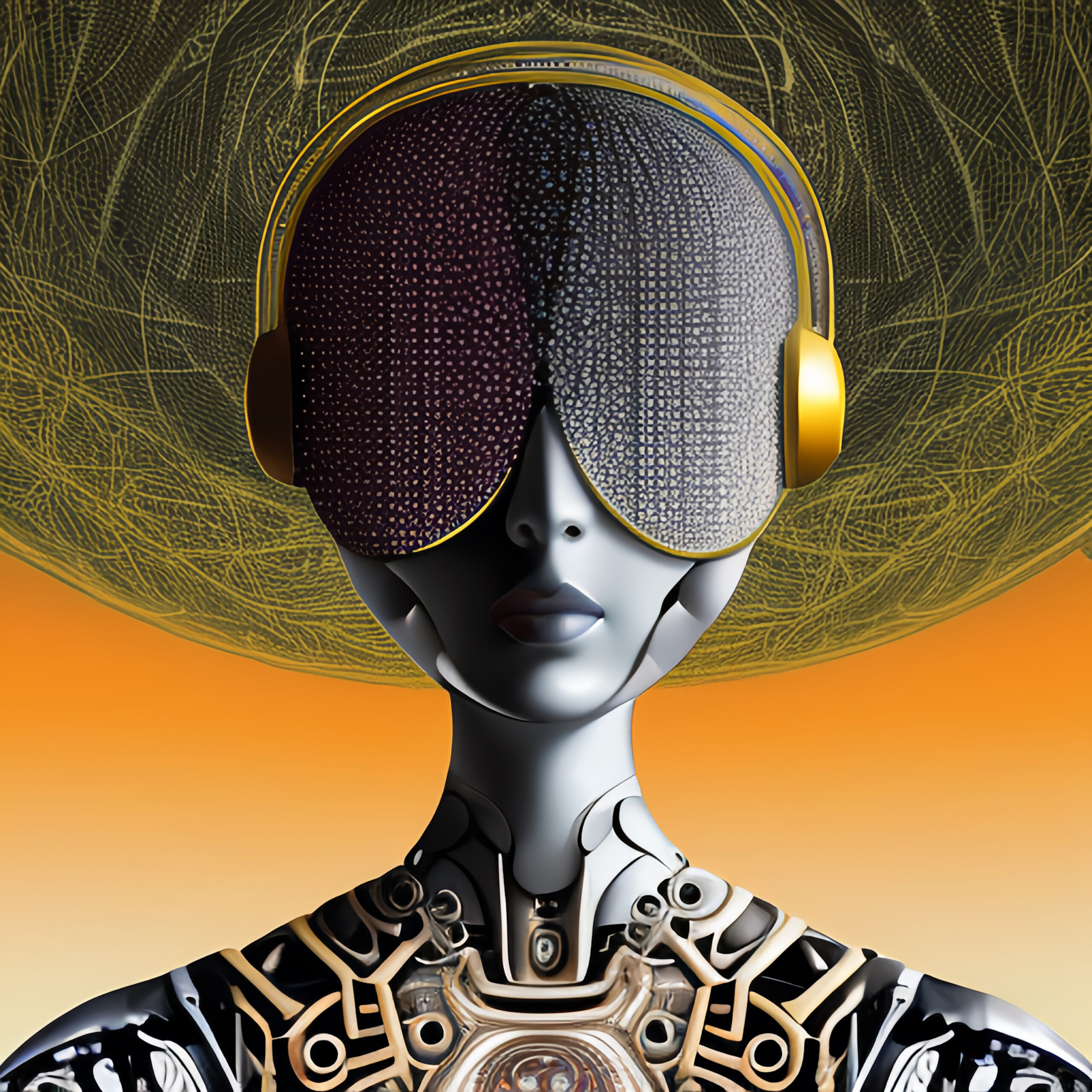Over the past decade, digital streaming has become a primary focus for almost every musician around the world. For many, it has become a main source of revenue, while others work really hard to try and earn a dollar or two.
During the covid pandemic, streaming and downloads took over as the number one revenue source for many, but as covid has eased somewhat of late, the pendulum is starting to find its equilibrium again.
With over 50k songs being uploaded a day, the competition for market share is incredibly high. In fact, it’s downright ridiculous in some regards. And many emerging musicians are either deliberately resorting to or unknowingly engaging in ‘black hat’ methods to gain more exposure, better numbers, and ultimately try to increase their revenue opportunities.
Either way, every song streamed generates royalties that Digital Service Providers (DSPs) like Apple Music, Spotify and the many others are obligated to pay out on. If any of those streams were generated through artificial means, then it is considered fraud, whereby someone is obtaining financial gain through deception. Naturally, DSPs want to avoid this, especially when it could amount to millions of dollars collectively around the world.
In recent years, the issue of ‘Fake’ or ‘Artificial’ streaming has created a vicious debate between DSPs and the many indie labels and musicians around the world who do engage in legitimate marketing campaigns. The use of ‘Fake streams’ v’s a strong ‘Digital Marketing’ campaign has become a contentious issue that no one seems to have a clear answer on, yet.
So, let’s try to understand what fake streaming is all about. Firstly, there are individuals around the world who often disguise themselves as marketing companies promising things like playlist curation, increased streams, and more, and all for a very reasonable cost, naturally. Then there are those individuals who blatantly offer targeted artificial streaming.
In either case, fake streams are generated in a number of ways. It could be someone putting one or several songs on repeat rotation for a day, over a number of days which we can understand an exuberant emerging artist doing who wants to get their new release off to a good start. However, practices like these are still time consuming when done over a longer period of time without automated technological support.
Then there are the bots created to target specific songs from selected artists and play them for a designated period of time, or number. Bots are simply software designed to automate the processes. For example, someone could buy 10k streams at a cheap price, and these bots will play that song 10,000 times over the course of the following days, or weeks.

Fake streams inevitably create unusual spikes on a song’s statistical graph. DSPs are becoming better at understanding the statistics behind what would ordinarily be a typical pattern for a new release by either an emerging artist or a more established artist, in comparison to artificial streaming. Fake streams often spike on irregular days and times compared to organic listeners.
In the end, such practices violate all terms and conditions set out by each DSP, and Distributors such as Dark Escapes Music, DistroKid, CDBaby, etc. DSPs are starting to come down hard on these illegitimate practices by withholding royalty payments, which ultimately means that the ignorant artists will likely miss out on what they are so desperately trying to attain. In worse case scenarios, DSPs can, and will remove the music from their platform.
So, the big debate rages between those who are legitimately engaging in proper digital marketing campaigns to drive organic listeners to a conversion point (listening to a new song, EP or album) versus those who are using more unconventional methods.
Sometimes the DSPs are going to get it wrong. However, the onus lies with each artist to engage in conventional methods, notwithstanding any thinking outside of the box, as long as it doesn’t lead to fraudulent practices.
In the end, stay away from those offering streams on demand, and other fluffy unicorns with a pot of gold on the other side of the rainbow. Keep it real and learn how to play the game better.
For more on ‘Artificial Streaming’ check out this 5min video from Spotify For Artists on YouTube.
At Dark Escapes Music, we help artists engage in legitimate practices internationally, and ensure their songs are attracting organic audiences worldwide, or in targeted regions.
If you are an artist/band looking to improve your reach, then come and talk to us about what can be achieved, the legitimate way. Contact us when you’re ready to take this step.




